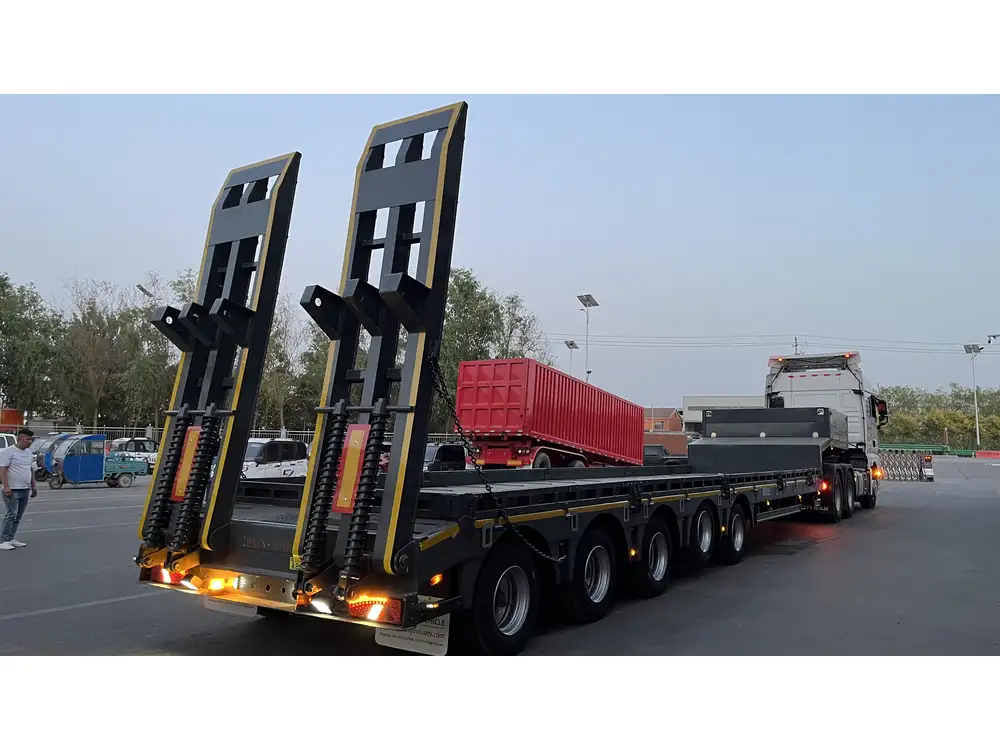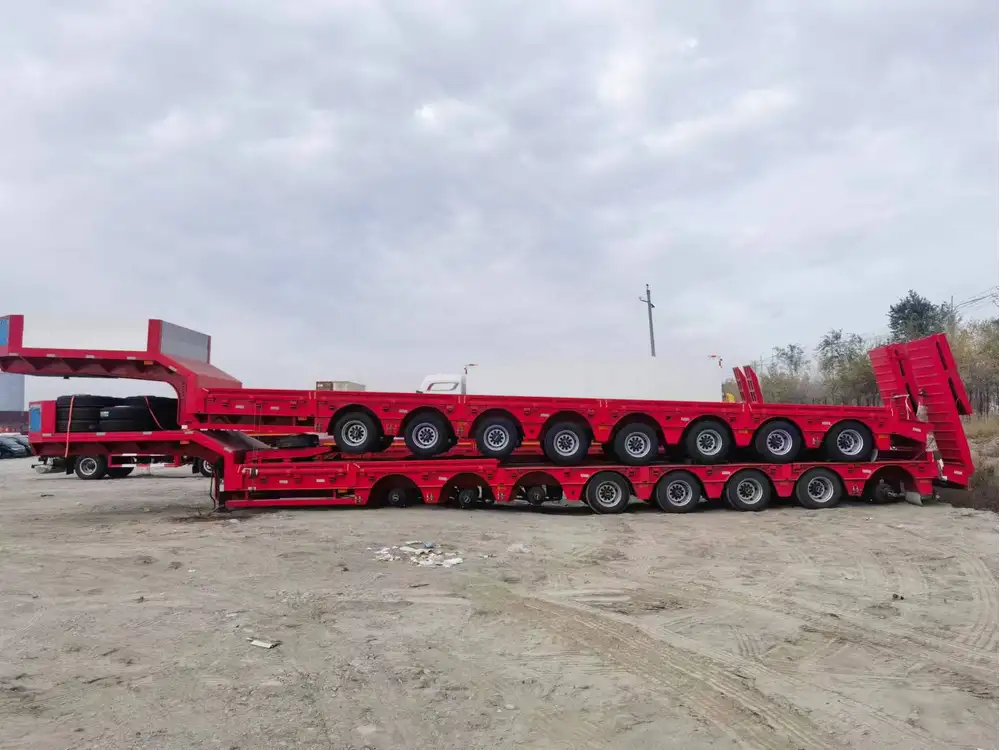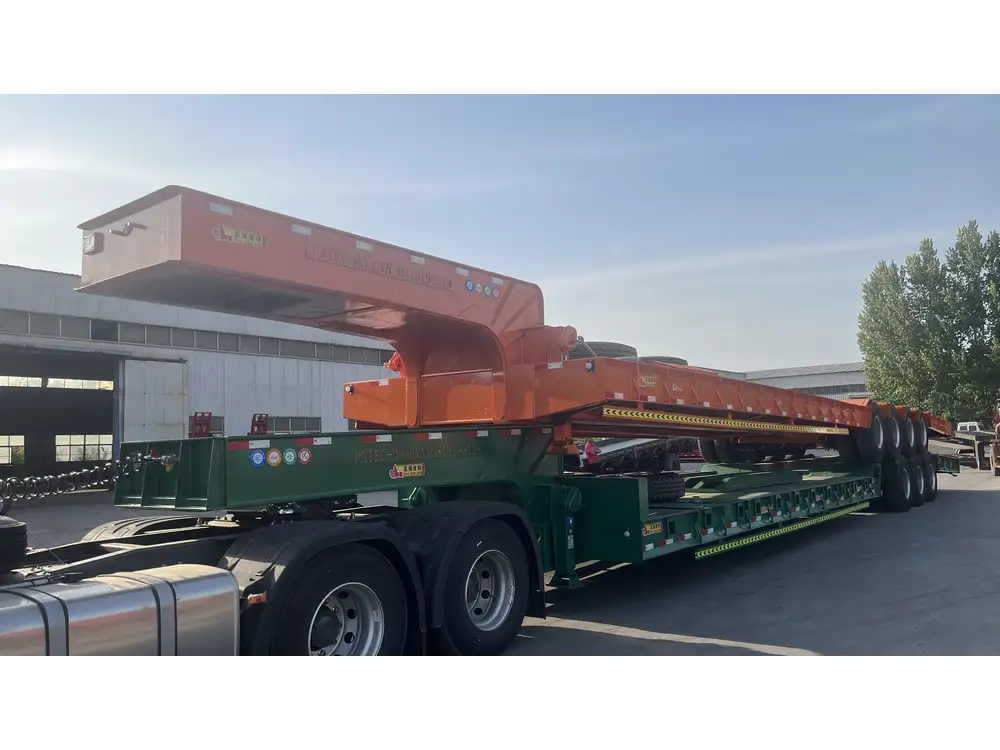Traveling in a travel trailer offers unparalleled freedom, allowing you to explore a myriad of landscapes. However, knowing how to properly dump your travel trailer is crucial for maintaining hygiene and ensuring the longevity of both your trailer and the environment. In this comprehensive guide, we will delve into the intricacies of dumping a travel trailer, addressing common challenges, best practices, and essential tools you will need for a seamless experience.
Understanding Your Travel Trailer’s Waste Systems
Types of Waste in Travel Trailers
When it comes to travel trailers, waste is categorized into two primary types: black water and grey water.
| Waste Type | Composition | Disposal Recommended |
|---|---|---|
| Black Water | Human waste and toilet paper | Dump at designated sewer sites |
| Grey Water | Wastewater from showers, sinks | Can sometimes be disposed of in grey water dumps or reused for irrigation in appropriate conditions |

Key Components of the Waste System
- Black Tank: This tank stores waste from the toilet.
- Grey Tank: This tank collects water from sinks and showers.
- Sewer Hose: An essential tool for transferring waste to the disposal site.
- Vent Pipe: Allows gases to escape during the dumping process, preventing pressure buildup.
Preparing for the Dumping Process
Essential Tools You Will Need
To ensure an efficient and hygienic dumping process, equip yourself with the following tools:
- Sewer Hose: A durable and flexible hose that connects your trailer to the dump station.
- Sewer Hose Support: To facilitate proper drainage without kinking or folding.
- Gloves: Disposable gloves are essential for preventing contact with waste.
- Rinsing Wand or Spray Nozzle: Helps clean the black tank after dumping.
- Tank Treatments: Products designed to break down waste and odor.

Steps to Prepare for Dumping
- Locate a Dump Station: Use apps like Campendium or websites like Recreation.gov to find nearby dump stations. Before heading there, ensure they are operational and convenient for your route.
- Check Tank Levels: Monitor your black and grey tank levels using the trailer’s monitoring system. It’s best to dump when they are at least 3/4 full for optimal waste removal.
- Inspect Your Equipment: Ensure your sewer hose is in good condition, and check that connections are secure. Inspect your gloves and rinsing tools as well.
The Dumping Process: A Step-by-Step Guide
Arriving at the Dump Station
Once you’ve arrived at the dump station, follow these streamlined steps:
- Position Your Trailer: Align your travel trailer so the sewer outlet is as close as possible to the dump station’s inlet. This minimizes spillage and reduces strain on the sewer hose.
- Secure the Area: Ensure the area around you is clear and safe. Use cones or markers if necessary to warn other users of your presence.

Connecting the Sewer Hose
- Remove the Cap: Carefully remove the cap from your travel trailer’s sewage outlet. Set it aside in a clean area.
- Attach the Sewer Hose: Connect one end of your sewer hose to the trailer’s outlet, ensuring it’s tightly sealed. Avoid cross-threading the connection, which can lead to leaks.
- Secure the Other End: Place the opposite end of the sewer hose into the dump station inlet. Some stations may have a direct connection; if so, use a locking mechanism if provided.
Dumping the Tanks
Dump the Black Tank First:
- Open the black tank valve carefully. This will allow the solid waste to flow out first.
- Monitor the flow. Be prepared to close the valve once the flow begins to slow.
- Always refrain from submerging your sewer hose; this can create a vacuum and lead to undesirable backflow.
Dump the Grey Tank Next:
- Once the black tank is empty, close the black tank valve.
- Open the grey tank valve. The liquid in the grey tank acts as a rinsing agent, often helping to clean the sewer hose.
- Allow the grey tank to empty completely.
Cleaning and Sanitization
- Rinse the Tanks: When finished dumping, consider using a rinsing wand to spray the inside of the black tank for a thorough clean.
- Rinse the Sewer Hose: Before disconnecting the hose, rinse it with clean water using your spray nozzle to clear out any remaining residue.
- Disconnect the Hose: Remove the hoses carefully, ensuring no residual waste drips onto the ground. Replace caps securely.
- Dispose of Gloves: Carefully remove and dispose of gloves in a designated trash bin.

Post-Dump Maintenance
Routine Checks
Regular maintenance post-dumping ensures the longevity of your travel trailer’s waste systems:
- Tank Treatments: Regularly dose your black tank with treatments that help break down waste and control odors.
- Visual Inspections: Periodically check connections for leaks, and inspect hoses for wear and tear.
- Monitor Tank Levels: Keep a regular check on your tank levels, ensuring timely dumping to avoid overflows.
Troubleshooting Common Issues
| Problem | Possible Causes | Solutions |
|---|---|---|
| Slow Dumping Rate | Clogs in the sewer hose or tank | Use a hose to flush the tanks using water |
| Odor Issues | Lack of treatment or open vents | Add treatment and check all seals and vents |
| Overflow | Overfilled tank or damaged valve | Ensure regular monitoring and immediate action |

Additional Considerations
Eco-Friendly Practices
When dumping your travel trailer, being environmentally responsible is paramount. Factor in these eco-friendly practices:
- Use Biodegradable Products: Opt for eco-friendly tank treatments and soaps.
- Dispose of Waste Responsibly: Never dump waste in unauthorized locations.
- Reuse Grey Water: If legal and environmentally safe, consider using grey water for irrigation in your campsite to conserve water.
Frequently Asked Questions

How often should I dump my travel trailer?
This largely depends on usage, but a good rule is to dump when the black tank reaches about 3/4 full, and the grey tank fills about halfway.
What should I do if I forget to dump the tanks before leaving?
If you forget, try to locate a dump station before traveling too far. It’s better to take a slight detour than risk overflows.
Can I dump my tanks while traveling?
While it’s illegal to dump waste on the road, there are apps that help locate dump stations along your route. Always plan stops to ensure a clean and efficient journey.

Conclusion: The Key to Stress-Free Travel
Understanding how to dump your travel trailer effectively plays a significant role in your overall travel experience. This skill not only promotes hygiene and prolongs the life of your trailer’s systems but also fosters positive relationships with fellow travelers at campgrounds. Always prioritize safety and environmental responsibility, embracing the open road with confidence and competence. With the tips laid out in this guide, we are certain that your next adventure will be both enjoyable and hassle-free. Happy traveling!



